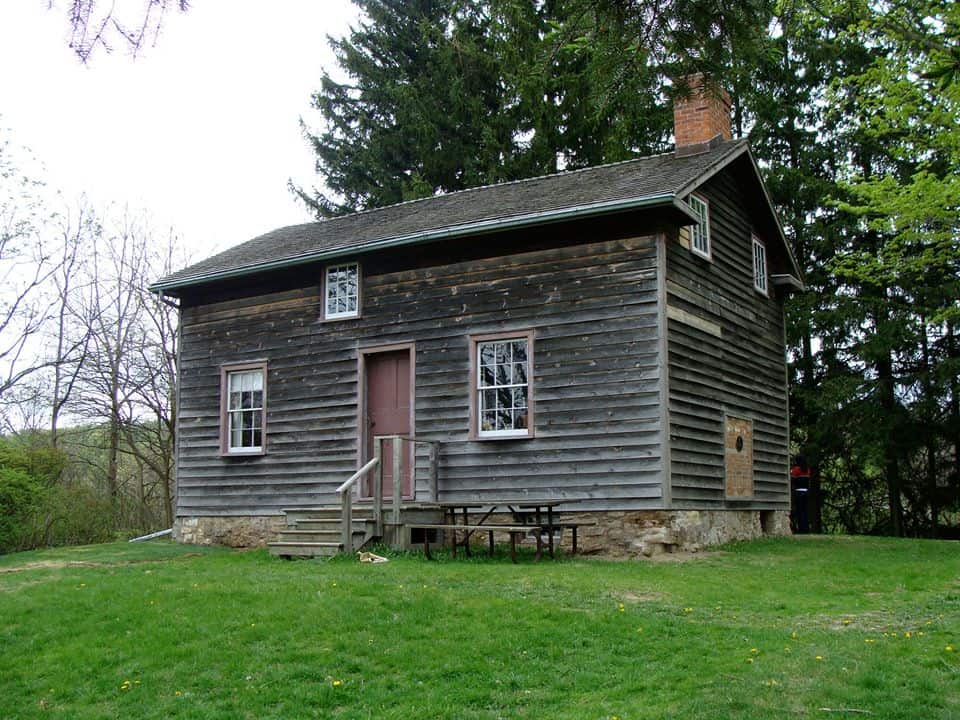Black History Month: Hamilton historic site is testament to bravery and resilience
Published February 11, 2020 at 7:26 pm

Griffin House is located just off Mineral Springs Road in Dundas on a hill overlooking the Dundas Valley.
Griffin House is located just off Mineral Springs Road in Dundas on a hill overlooking the Dundas Valley.
It was built in 1827, according to the Ancaster Township Historical Society, and was purchased, along with the 50-acre property on which it sat, by Enerals Griffin and his wife Priscilla in 1834.
The Griffins were born to slavery in Virginia and sought freedom in Canada.
It is believed the Griffins may have used the Underground Railroad to escape into Canada around 1829.
The Historical Society says that the Griffins’ whereabouts are uncertain in the years between when it is believed they came to Canada and when they purchased their homestead.
The Griffins bought the house from George Hogeboom in 1834 and moved there with their one-year-old son, James.
The Griffins were among the first Black settlers to the area and remained to be among the few over the years.
As time passed, it is believed the family’s identity by colour disappeared as they began to inter-marry. By the mid-20th century, their Black past was unknown to many descendants.
The family continued to own the land and the home for generations until the late 1980s when it was sold to the Hamilton Conservation Authority (HCA).
A headstone marks the graves of Enerals and Priscilla at St. Andrew’s Presbyterian Church on Sulphur Springs Road in Ancaster.
HCA staff, archeologists and restoration specialists began investigating the property’s significance in 1989. Through that process, more than 3,000 individual artifacts, ranging from ceramics, metallic objects and glassware were uncovered.
A lithograph of Eastman Johnson’s 1859 oil painting ‘Negro Life in the South’ was found in a closet, linking the house and its owners to its Black heritage, according to a Conservation Hamilton brochure.
In 2008, Griffin House received National Historic Site designation.
In December 2020, it was announced that the City of Hamilton, the province of Ontario and the federal government would be contributing a combined $999,000 towards restoring the site.
Photo courtesy Hamilton Public Library’s Facebook page.
insauga's Editorial Standards and Policies advertising





